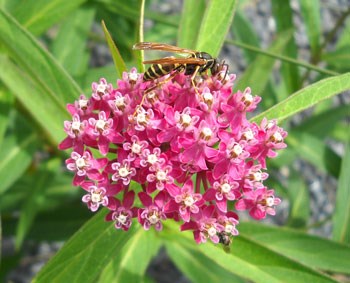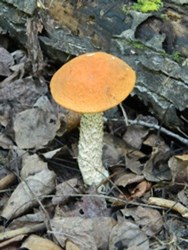
Voyageurs National Park lies in a transition area between the southern boreal forest to the north and temperate deciduous forest to the south and east. It is composed of a variety of ecological systems, including conifer forests, hardwood forests, bogs, swamps, marshes, rocky outcrops, and lakeshore environments. The park is home to over 50 tree and shrub species, over 40 fern and moss species, over 200 grass, sedge, and rush species, and over 400 wildflower species. Historically, fire and wind were the primary influences on the park's ecosystems. Today, past logging, beavers, exotic plants, and climate change affect these ecosystems. To increase awareness of some of these issues and promote the benefits of native plants, the park created an ethno-botanical garden on the grounds of the Rainy Lake Visitor Center. In addition, the park is cultivating a native plant nursery to assist with re-vegetation efforts in disturbed areas. Visit one of the three visitor centers and ask for a Plant and Animal Guide. Trees & Shrubs 
Wildflowers Ethnobotanical Garden Exotic Plants 
NPS, Anita Varnon |
Last updated: May 28, 2024
